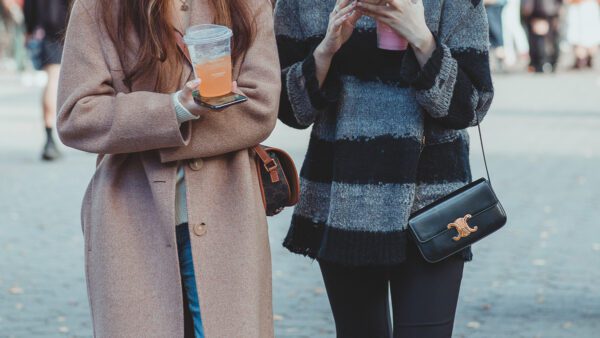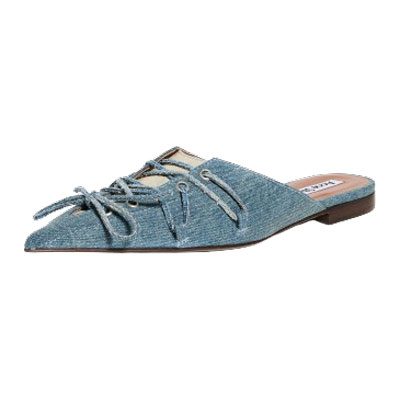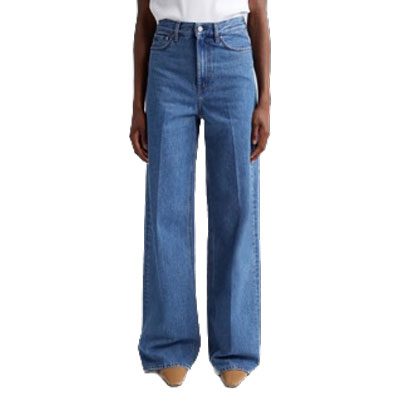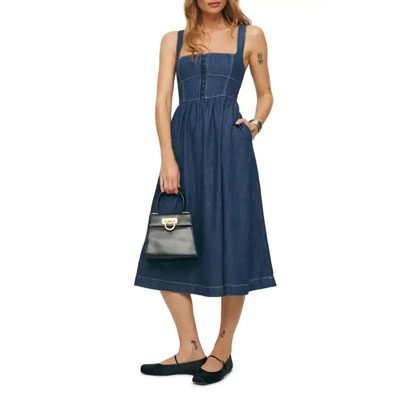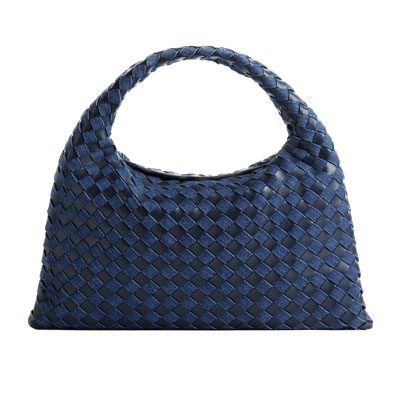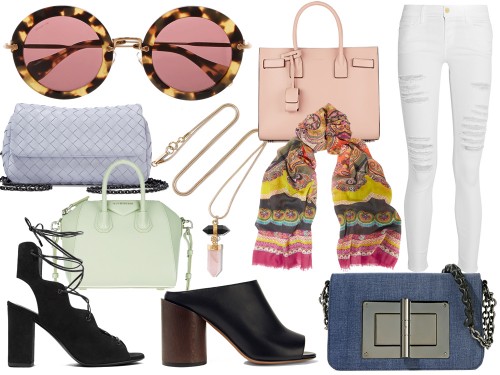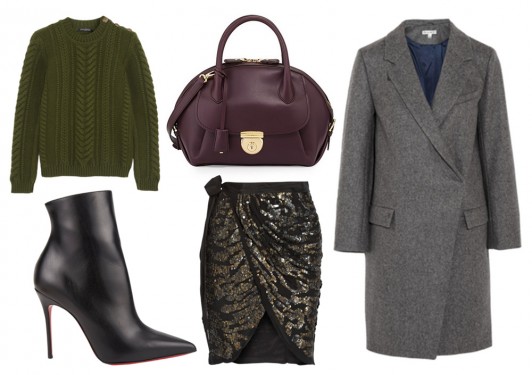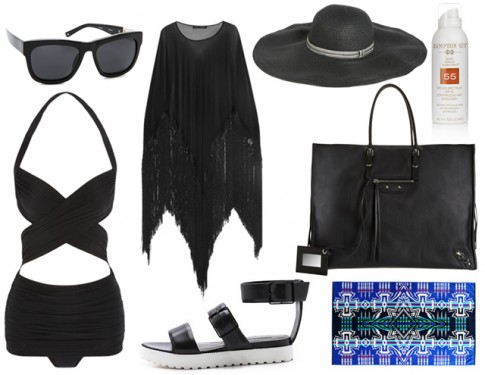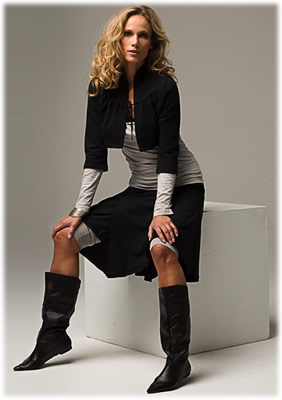 No one ever traded lunch with me. You see the commercials and hear the stories of kids trading twinkies for a candy bar. Not with my recycled brown paper lunch bag. Organic green pepper cut up, organic apples, wheat free bread with organic free range chicken with a light hint of Canola mayo, and some wheat free dairy free ginger snaps (organic of course). But I wouldn’t change it for the world. My family is forward thinking and healthy. Organic is now the ‘hip’ way to eat and looks as if organic is now the ‘hip’ way to dress. (image from Under the Canopy)
No one ever traded lunch with me. You see the commercials and hear the stories of kids trading twinkies for a candy bar. Not with my recycled brown paper lunch bag. Organic green pepper cut up, organic apples, wheat free bread with organic free range chicken with a light hint of Canola mayo, and some wheat free dairy free ginger snaps (organic of course). But I wouldn’t change it for the world. My family is forward thinking and healthy. Organic is now the ‘hip’ way to eat and looks as if organic is now the ‘hip’ way to dress. (image from Under the Canopy)
Organic clothing is no longer suited just for hippies — high fashion and big brands are going green, too.
High fashion is going granola. But not the grunge of hippie yoga wear and grainy hemp T-shirts typically associated with organic clothes.
Think soft soy dresses, cropped organic terry jackets and slim-fit organic denim jeans to pair with stilettos, not flip flops.
Consumers worried about ingesting harmful pesticides have long been purchasing organic foods. But the philosophy is slowly hitting mainstream clothing retailers as experts warn about the dangers pesticides pose to the environment.
Whether shoppers are buying eco-friendly because it’s trendy or because they hope to preserve Mother Earth, they no longer have to sacrifice fashion for philosophy. With major retailers like Target, Victoria’s Secret, H&M and Nike joining the green trend, there’s something for fashionistas of every price range in 2007.
”We’re fashion first. The fact that they’re organic is a value added product,” says Marci Zaroff, founder of Under the Canopy, one of the world’s largest producers of organic clothing.
Organic cotton, which makes up 95 percent of organic fabrics, is the driving force behind the trend. Global organic cotton sales increased 119 percent, from $245 million to $583 million between 2001 and 2005. Sales are expected to reach more than $2 billion by the end of 2008, according to the Organic Exchange, a nonprofit trade association that works to expand the use of organically grown cotton.
Read the rest of the article below! Thanks dad again!!!!
Though more retailers are considering organic cotton, it currently makes up for less than 1 percent of cotton produced in the world. Designers are also experimenting with eco-friendly fabrics made of bamboo, soy, Ingeo (corn) and hempsilk.
”The market is really expanding in large because a number of very large retailers are actually going to have a lot of product available in 2007,” said Rebecca Calahan Klein, the president of California-based Organic Exchange.
Target, which carries a select number of organic baby clothes, is expanding its line this year. (Sam’s Club and Wal-Mart are among the top five brands that use the most organic cotton globally, according to Organic Exchange.)
Victoria’s Secret will also add organic cotton to its collection this year, Klein said.
Nike, which has been using organic cotton for several years, is one of the world’s largest retail users of organic cotton. Spokeswoman Morgan Shaw says 52 percent of the garments the company manufactured last year contained at least some organic material.
Costs are slightly higher, but comparable. A men’s vintage-style organic cotton T-shirt at Wal-Mart is $9.83, while a similar regular cotton T sells for $8.83. Levi Strauss & Co. started offering organic denim jeans in select stores in November — $68 for their Red Tab jean compared to $40 for nonorganic.
ACCIDENTAL ACTIVISM
The look and feel of the clothes are so fashion-forward that many clients don’t even realize they’re buying organic. They just like the style, says Zaroff, a perfect spokeswoman for greenwear.
A yoga devotee with long, dirty-blonde hair and lots of hippie jewelry, Zaroff looks years younger than 39. She talks about Al Gore’s movie on global warming and other environmental issues at her Boca Raton office, where she is working on a new high-fashion line debuting later this year.
The 108 line of upscale street wear includes dresses in muted tones made of soft soy and organic cotton voile.
She founded her company in 1996 when organic wear was little more than a hemp seed. She says it will do $10 million in sales this year.
”It was frumpy and boxy and crunchy and all those things people don’t want,” Zaroff said of older organic clothing. “The consumer was ready. The seed was planted with organic food and beauty products.”
High-end designers like Stella McCartney are including organic fabrics in their collections and celebrity entrepreneurs are also joining the trend. U2’s Bono launched his socially conscious clothing line, Edun, in 2005 in an attempt to increase trade and create sustainable employment in places like Africa. About 30 percent of the company’s clothes are made from organic cotton.
HOLLYWOOD POTENTIAL
With celebrities endorsing hybrid cars, vegetarian diets and launching their own eco-friendly clothing lines, experts say it was only a matter of time before the Hollywood trend caught on with fashion.
”It clearly has gotten more attention now because it’s not just an industry sector. It’s a global phenomenon,” said Marshal Cohen, chief analyst for the NPD Group, a market-research firm. “We’re seeing it in cars, we’re seeing it in homes products, apparel, food.”
He says consumers are willing to spend 20 percent more for eco-friendly products like organic clothes.
POLLUTING
It takes about a third a of a pound of pesticides to produce one cotton T-shirt. About 180 to 300 pounds of chemical fertilizer are used on one acre of cotton in the United States.
About 90 percent of the fertilizer doesn’t stay on the plant, but washes off, ending up in water supplies and habitat, says Klein.
Retailers say it’s not just about buying organic, it’s about the entire process. Under The Canopy uses a dye factory fueled by rice husks instead of fossil fuels. Growing organic also requires crop rotation, meaning a field that this year is used for cotton could be used for food the next.
”So if we get a large amount of cotton production moved to organic, we’ll also end up expanding the world’s access to organic food supply,” Klein said.
BY KELLI KENNEDY
Associated Press




